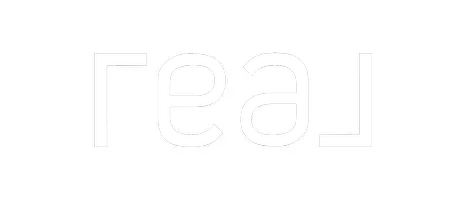What's It Cost? Homeownership Expenses Beyond Your Mortgage
Owning a home is a dream for many, and affordability is often the make-or-break factor when it comes to purchasing your own house. While the focus of the affordability conversation is often on mortgage payments, homeownership comes with additional expenses beyond what you pay toward your home lo
The Main Reason Mortgage Rates Are So High
Today’s mortgage rates are top-of-mind for many homebuyers right now. As a result, if you’re thinking about buying for the first time or selling your current house to move into a home that better fits your needs, you may be asking yourself these two questions: Why Are Mortgage Rates So High?When Wil
How To Make Your Dream of Homeownership a Reality
According to a recent Harris Poll survey, 8 in 10 Americans say buying a home is a priority, and 28 million Americans actually plan to buy within the next 12 months. Homeownership provides many financial and nonfinancial benefits, so that interest is understandable.However, it’s unlikely all 28 mill

Chris Kawasaki
Phone:+1(626) 214-8111




